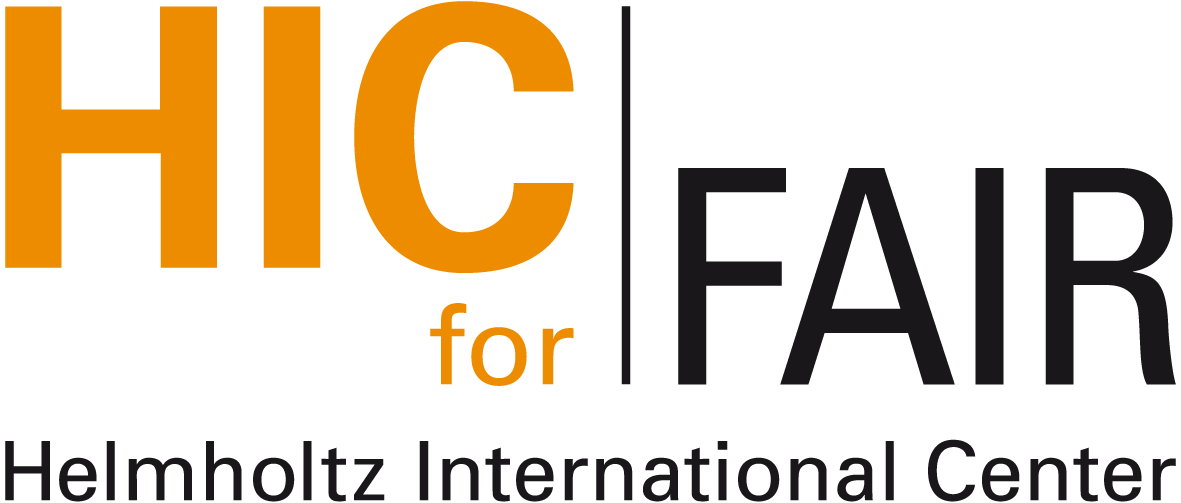 Nuclear Physics Colloquium
Nuclear Physics Colloquium Nuclear Physics Colloquium
Nuclear Physics ColloquiumVenue: Physics
Building, Max-von-Laue-Str. 1, Seminar Room PHYS 2.116
Time: Thursday, June 14, 4:30pm (s.t.)
Contact: hees@th.physik.uni-frankfurt.de
Heavy-flavor particles are believed to be versatile probes of the
medium produced in high-energy nuclear collisions. Their masses provide
a large scale which implies several benefits in the theoretical and
phenomenological analysis of their vacuum and in-medium properties.
After an introduction to these aspects, we discuss a many-body approach
that allows for a comprehensive description of both bound and scattering
states, encompassing quarkonia and the diffusion of open heavy flavor in
the quark-gluon plasma and through hadronization. We address the problem
of extracting the underlying potential interaction using constraints
from lattice QCD results on the heavy-quark free energy and quarkonium
correlators. We then examine in how far the properties of the
heavy-quark interactions can be utilized to understand the bulk,
spectral and transport properties of the quark-gluon plasma, to do
justice to the original idea of using the heavy-quark systems as a probe
of the medium.